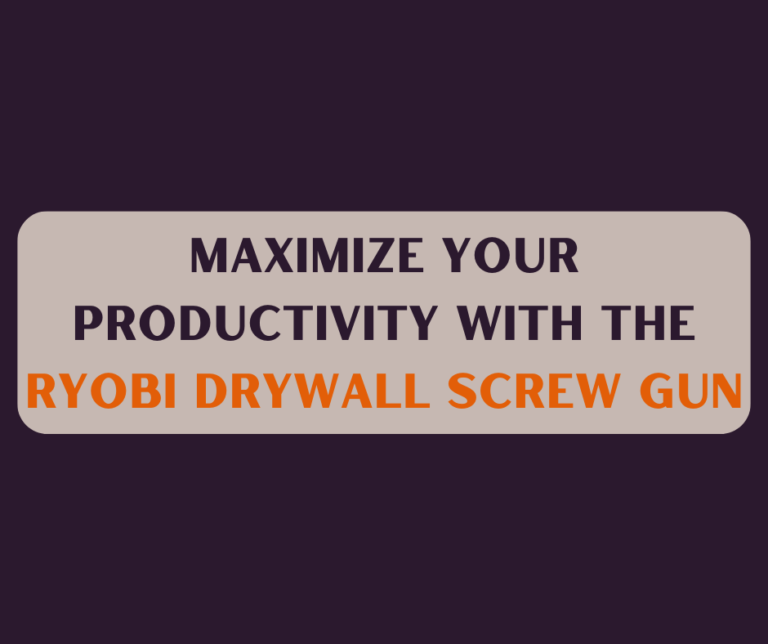The Best Way to Fix Drywall That’s Bubbling
Drywall issues can be a homeowner’s nightmare, and one of the most frustrating problems you might encounter is bubbling. A few years ago, I faced this exact issue in my living room after a particularly rainy season. Despite my years of DIY experience, the bubbling drywall snuck up on me. Knowing there had to be a solution, I dove into research, consulted with professionals, and, through trial and error, learned how to tackle this issue effectively. In this post, I’ll share these insights with you.
Understanding the Cause of Bubbling Drywall
What Causes Bubbling?
Bubbling on drywall typically occurs due to moisture infiltration. This can happen for several reasons:
- Water Damage: Leaks from plumbing or roofs can introduce moisture.
- Poor Primer Application: Insufficient or improper priming before painting can lead to adhesion issues.
- Humidity Levels: High indoor humidity can also exacerbate the situation, particularly in areas like bathrooms and kitchens.
Common Signs of Bubbling
Keep an eye out for:
- Blisters or bumps on the surface of the drywall.
- Peeling paint or wallpaper.
- Discoloration or staining that may indicate moisture damage.
Understanding these causes can help you prevent future occurrences.
Tools and Materials Needed for Repair
Before diving into repairs, gather the following tools and materials:
- Drywall Repair Kit: This often includes all-purpose compound (like 3.5 Qt All Purpose Compound) and mesh tape (Mesh Tape).
- Utility Knife or Drywall Saw: For cutting out damaged sections.
- Putty Knife: Essential for applying compound.
- Sandpaper/Block Sander: To smooth out patched areas.
- Paint and Primer: Choose a high-quality product to prevent future issues.
Having everything ready will significantly streamline the repair process.
Step-by-Step Guide to Fix Bubbling Drywall
Step 1: Identify and Address the Source of Moisture
Before you start repairing the drywall, it’s essential to deal with the moisture issue. Identify leaks, fix plumbing issues, or improve ventilation to address humidity concerns.
Step 2: Remove the Damaged Area
Using the utility knife, carefully cut around the bubbled area. Ensure you take out all the damaged material, extending slightly beyond the visible bubbling to ensure a clean edge for your repair.
Step 3: Apply Joint Compound
Once the damaged drywall is removed, apply a thick coat of joint compound to the area. Here’s how:
- Use your putty knife to spread the compound over the patched area smoothly.
- Feather the edges to blend with the surrounding drywall.
Step 4: Apply Mesh Tape
After the first layer of compound has dried, apply mesh tape over the seams. This helps reinforce the repair and prevents future bubbling. Cover the tape with another layer of compound.
Step 5: Sand the Area
Once the joint compound is completely dry, sand the area gently to create a smooth surface. Be careful not to sand too much; you want it to be level with the surrounding drywall.
Step 6: Prime and Paint
After sanding, clean the area to remove dust and debris before applying a primer. Use high-quality primer for the best adhesion. Once dry, paint the area to match the surrounding wall.
Pro Tip: Timing is Everything
Aim to perform this work on a dry day to minimize moisture complications. Also, patience is key; allow ample drying time between steps for a finish that lasts.
Prevention Tips for Future Bubbling
- Use Moisture-Resistant Materials: In high-humidity areas, consider moisture-resistant drywall (like 1/2" Mold Resistant Drywall).
- Proper Ventilation: Ensure spaces like bathrooms and kitchens have exhaust fans to control humidity levels.
- Regular Maintenance Checks: Periodically inspect areas for leaks or unusual stains.
Frequently Asked Questions (FAQs)
How Long Does Drywall Repair Take?
While each project varies, you can typically expect to spend a few hours on repairs, excluding drying time.
Should I Hire a Professional?
If you’re uncomfortable with DIY repairs or if the damage is extensive, consulting with a professional may save you time and potential headaches.
Can Bubbling Be Fixed Without Removing Drywall?
Minor bubbles may be repaired without removal. You can use a putty knife to puncture the bubble, inject some joint compound, smooth it out, and repaint. However, this is a temporary solution.
Conclusion: Empower Yourself with Knowledge
Addressing bubbling drywall may seem daunting, but with the right tools and techniques, you can tackle this challenge head-on. My experience taught me that understanding the cause and taking preventative measures is as essential as the repair itself.
Have more questions?
What’s your biggest drywall challenge? Share your experiences or tips in the comments below!
Share & Resources
If you found this guide helpful, please share it on Pinterest, Facebook, or Reddit! Your support helps others find useful drywall repair techniques.
Contractors, home improvement bloggers, and DIY forums: Feel free to link back to this article to help your audience with expert drywall repair tips.
Together, let’s empower our communities with the knowledge to improve our homes, one drywall project at a time!

